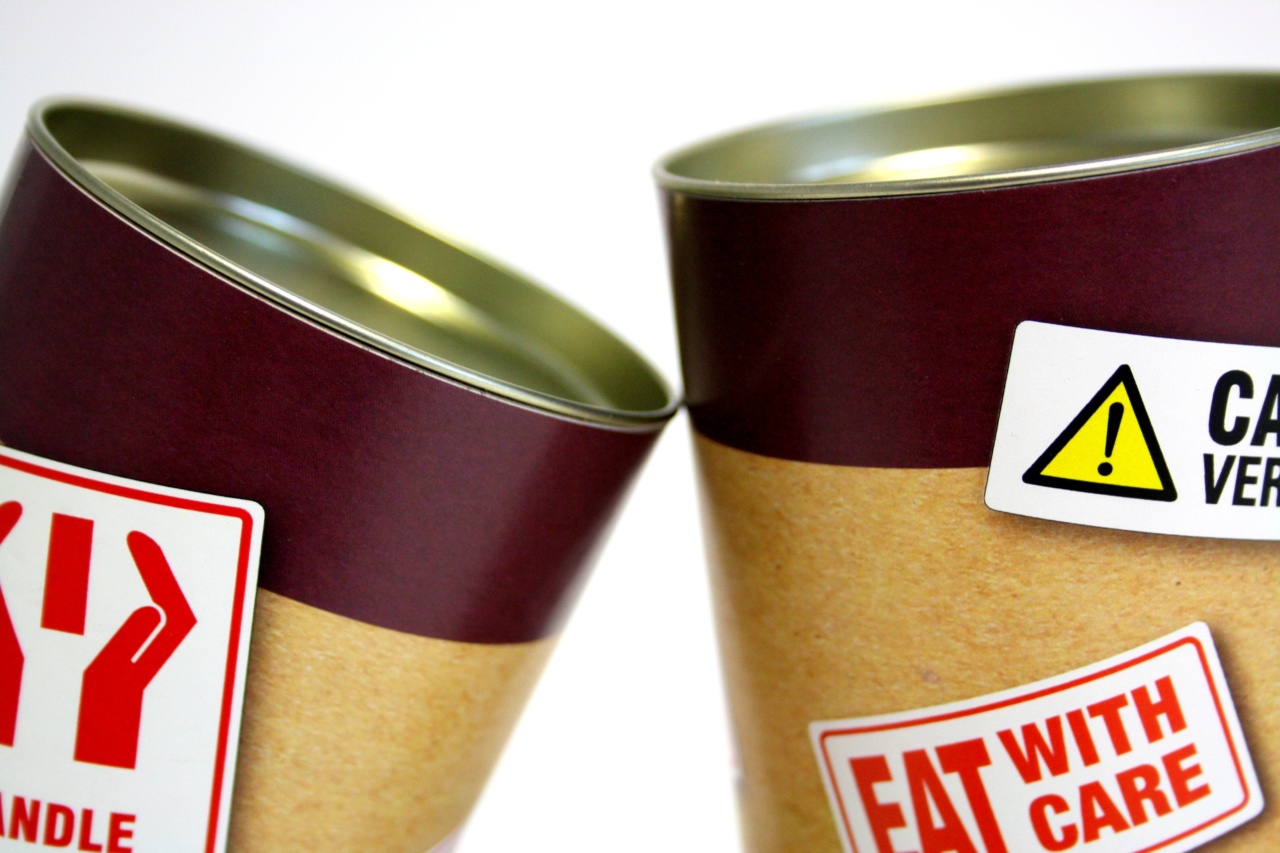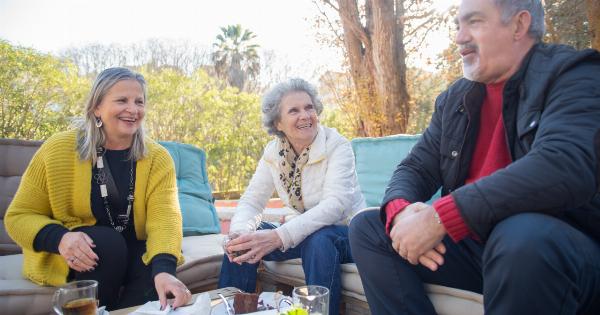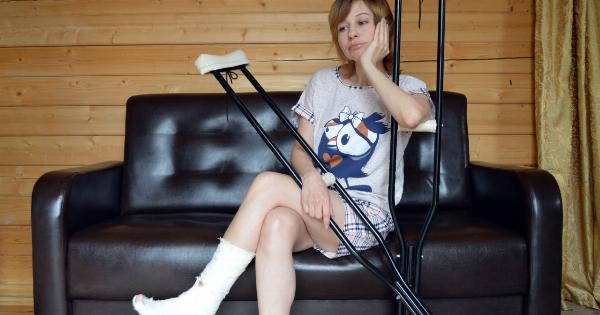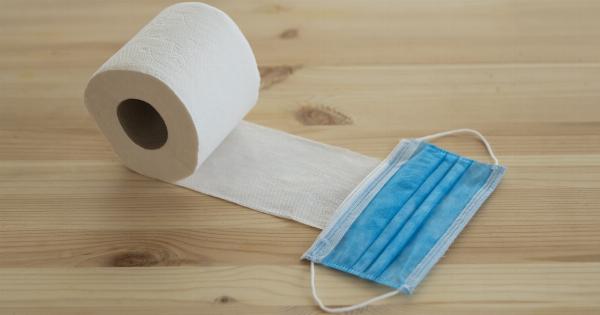Most of us consider sneezing a minor annoyance that we can quickly dismiss. However, it is not uncommon to hear stories of people who have injured themselves while sneezing, or worse, people who have died as a result of sneezing.
While these stories might seem like outliers, they underscore an essential fact: sneezing can indeed be dangerous if not approached with proper caution.
How Does Sneezing Work?
Sneezing is a reflex action caused by various irritants that stimulate the mucous membranes in the nose or throat.
The brain receives signals from these membranes, causing it to initiate a series of actions resulting in a forceful expulsion of air through the mouth and nose.
The average sneeze can produce speeds of up to 160 km/h, which means that the expelled air can travel up to 8 meters away from the sneezer. This forceful burst of air helps to rid the body of irritants and clears the nose and throat.
When Can Sneezing Be Dangerous?
While sneezing is a natural and essential bodily function, it can sometimes cause significant harm to the body. Some of the risks associated with sneezing include:.
1. Bone Fractures
A sneeze can exert tremendous pressure on the body, especially the ribcage and back. In some cases, this pressure can cause fractures or even dislocations. People who have osteoporosis or other weakened bones are particularly susceptible to this risk.
2. Injury to the Spine
In extreme cases, a sneeze can cause injury to the spine. This usually happens when the body is twisted or torqued during the sneeze, causing the vertebrae to compress or shift suddenly.
People with pre-existing spinal conditions or who have recently undergone spinal surgery are at a higher risk of this type of injury.
3. Rupture of Aneurysms
People with undiagnosed or untreated aneurysms are at risk of rupturing the aneurysm during a sneeze. The sudden increase in pressure caused by a sneeze can put undue stress on the weakened arterial wall, causing it to rupture.
4. Incontinence
When a person sneezes, a sudden increase in pressure occurs in the abdominal region. In some cases, this pressure can be so strong that it causes involuntary release of urine or stool.
This is especially common in women who have given birth or older adults with weakened pelvic floor muscles.
What Can You Do to Mitigate the Risks?
While it is impossible to prevent sneezing entirely, there are some things you can do to reduce the risks associated with the process:.
1. Keep Your Body Relaxed
During a sneeze, try to keep your body relaxed and avoid twisting or torquing. This will reduce the pressure on your spine and reduce the risk of injury.
2. Exercise and Strengthen Your Muscles
Regular exercise can help strengthen your muscles and bones, reducing the risk of injury from a sneeze. In particular, exercises that target the abdominal and pelvic regions can help reduce the risk of incontinence or other related issues.
3. Seek Medical Advice
If you have a pre-existing condition that puts you at risk of injury from a sneeze, it is essential to seek medical advice. Your doctor can help you identify potential risks and advise you on how to reduce them.
4. Use Appropriate Techniques
When sneezing, try to cover your mouth and nose with a tissue or the crook of your elbow. This will help prevent the spread of germs and reduce the risk of infecting others.
Conclusion
Sneezing is a natural and important bodily function, but it can sometimes be associated with significant risks. By understanding these risks and taking appropriate measures, you can reduce the risk of injury and ensure that you stay safe and healthy.





























